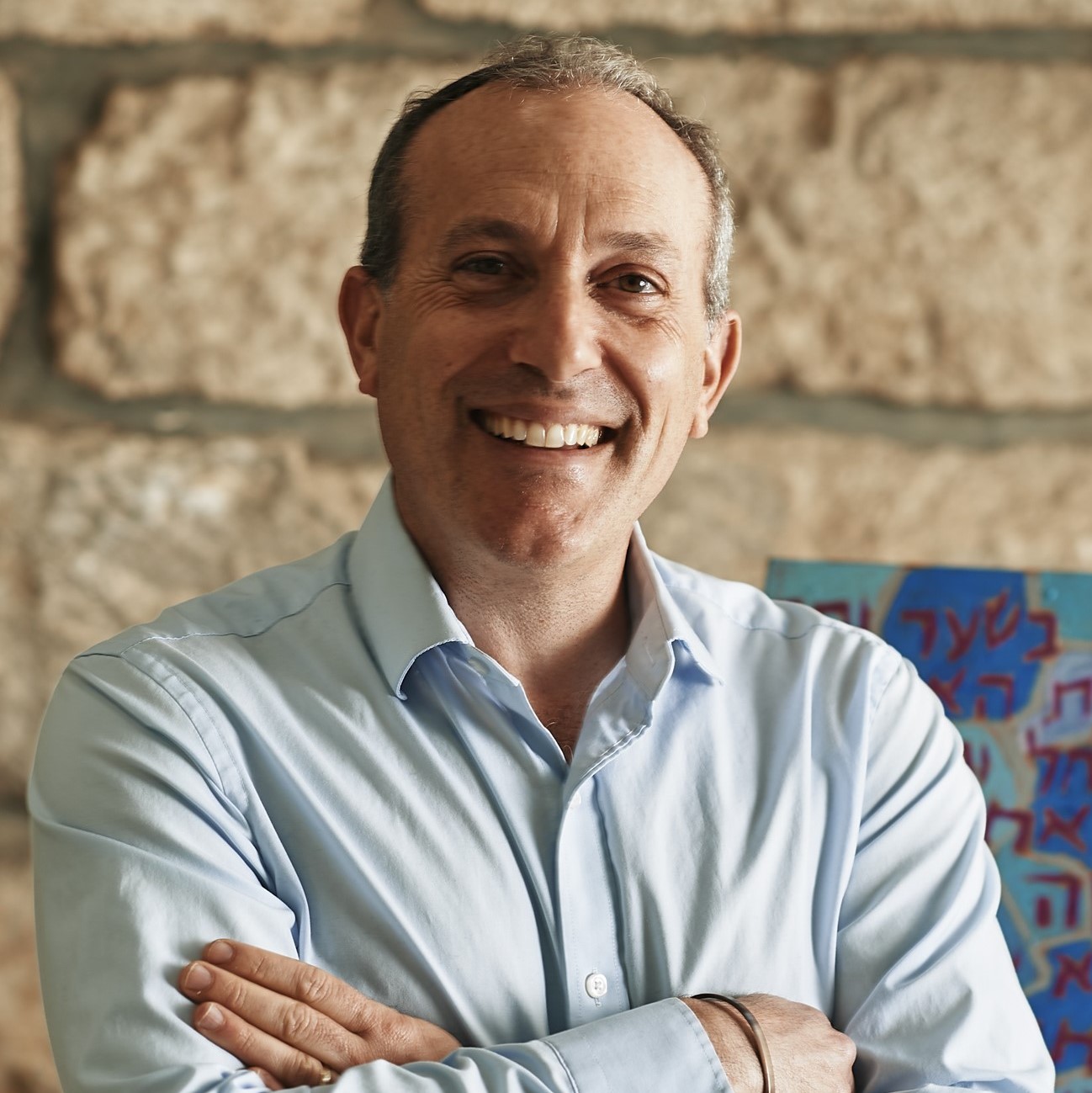Bezalel and Oholiav: Models Then, Models Now

Parashat Vayak-hel is replete with the material details of the Tabernacle and its wares. This sacred building project becomes the focus of Israelite energy in the latter part of the Book of Exodus. But more than the project itself is the quality of the people behind it. Vayak-hel pointedly and poetically reintroduces us to Bezalel and Oholiav, the master artisans responsible for the construction of the Tabernacle and its appurtenances. What makes these two individuals worthy of this sacred task?
To begin, we are first introduced to these characters in Parashat Ki Tissa: “The Lord spoke to Moses, ‘See, I have singled out by name Bezalel, son of Uri son of Hur, of the tribe of Judah. I have endowed him with a divine spirit of wisdom, insight and knowledge in every craft . . . Moreover I have assigned to him Oholiav son of Ahisamakh.” (Exodus 31:1-6). Rashi (French commentator, Troyes, France, 1040–1105) explains the qualifying characteristics of Bezalel remarking that “wisdom is that which a person learns from others”; “insight is that which one understands from the heart”; and “knowledge is a gift from God.” In other words, they are gifted with keen wisdom that is imparted from above them, around them, and within them. Intelligence, spirituality, and Divine inspiration are joined together in these remarkable creators. Or as we like to say in modern parlance, the Torah and Rashi have an appreciation for multiple intelligences: the intelligence of the brain (think), the intelligence of the heart (feel) and the intelligence granted by the Divine spark (transcend).
Second, Parashat Vayak-hel adds that they were endowed with the ability “to teach which was given to their heart.” Commenting on Exodus 35:34, Ibn Ezra (Spanish exegete, Tudela, Navarre, 1089–1167) writes that “there are many wise individuals who find it challenging to impart their knowledge effectively to others. And behold, Oholiav is the assistant to Bezalel in the creative work of building the Tabernacle—and he too has the ability to impart wisdom to another.” That said, an inability to teach effectively may derive from the lack of an innate pedagogic talent, a dearth of formal training, or an unwillingness to share. Far from holding this sacred endeavor close to their chests, Torah tells us that they were given the gift of being talented pedagogues—that is to say that they transmitted their wisdom to others. Building a space for God cannot be the narrow realm of two esoteric artists. The artisans must be able to communicate and teach others to be part of this holy project. In doing so, they are quintessential teachers: precise in instruction and generous of spirit.
Finally, Rashi highlights a final important detail about this talented pair. In response to Exodus 35:34, he writes, “Oholiav is from the tribe of Dan which was one of the lowest [status] tribes [of Israel]—coming from the sons of handmaids, and yet God placed him as an equal to Bezalel in the building of the Tabernacle, and [Bezalel] is from one of the greatest tribes [i.e. Judah]. In so doing, God fulfilled the verse in Job, “God does not favor the rich more than the poor” (Job 34:19). Accordingly, Rashi is teaching us that Bezalel and Oholiav are taken from two very different social strata in Israel. As such they model inclusivity. Call it Divine affirmative action. When undertaking a project of this scope, one must be attuned to a spectrum of voices and talents that come from the rich and the poor, from students and teachers, from the affiliated and unaffiliated. Building a place of God demands totality of vision and communal embrace.
Multivalent wisdom, the ability to teach, and inclusivity make Bezalel and Oholiav the perfect choice for the construction of a space filled with God’s Presence. It is indeed an important lesson to all of us—that ultimately, the way we bring God’s Presence into our midst is through effective teaching, wisdom learned from many sources, and connecting with the broad diversity inherent in community.
The publication and distribution of the JTS Commentary are made possible by a generous grant from Rita Dee (z”l) and Harold Hassenfeld (z”l).



